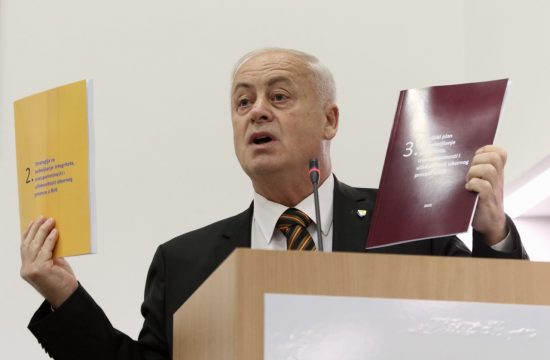
The world's biggest tourist playground has been roped off since it became a coronavirus epicentre, but as summer looms Europe is desperate to lift restrictions to get visitors pumping much-needed cash into stricken economies.
Across the continent, various nations currently sitting behind the firewall of quarantines or sealed frontiers, are figuring out how they can once again welcome holidaymakers, CNN reported.
On Wednesday the European Union unveiled an action plan to get its internal borders reopening, safely fire up its hospitality sector and to revive rail, road, air and sea connections that have been strangled during the pandemic.
It's a situation eagerly anticipated by millions of would-be travellers, desperate to enjoy a slice of European sunshine and culture after weeks or months being sequestered at home under lockdown.
“We all need a break, especially after this confinement,” Thierry Breton, the EU's internal market commissioner, said. “We want to enjoy summer holidays, we would like to see our families and friends even if they live in another region, in another country.
“But we want to be able to so while staying healthy and safe because we know the virus will stay for us for some time.”
Europe accounts for 50% of the global tourism market in terms of arrivals and has been particularly hard hit by the restrictions. Normally crowded cities such as Venice, Rome, Paris and Barcelona have stood empty.
The EU currently has recommendations in place to all its member nations that they restrict all non-essential visitors from outside. But with infection rates dropping off in some countries, this looks set to change.
Some countries, such as Greece, are already naming specific dates. Others, such as Austria and Germany, are already lifting internal borders.
There's even talk of permitting special “green corridors” or “travel bubbles” that would allow certain countries with low or sharply declining infection rates to open up to a select few destinations until borders are fully reopened.
Those moves have been backed in the EU plan which proposes lifting restrictions between member states of “sufficiently similar epidemiological situations,” in other words, the same rate of coronavirus infection.
Non-EU visitors could still face an indeterminate wait though.
The EU's plan also sets out a roadmap for developing health and safety protocols for beaches, hotels, campsites, B&Bs, cafes and restaurants to protect guests and employees.
It also aims to strengthen rules giving travellers the right to choose between vouchers or cash reimbursement for cancelled transport tickets or package trips.
EU member states have also agreed to protocols to ensure tracing apps work across borders so that citizens can be warned of potential infection with coronavirus while travelling within the bloc.
“This is not going to be a normal summer, not for any of us,” said Margrethe Vestager, the vice-president of the EU's executive arm, the European Commission.”But when we all work together and we all do our part in the ways the Commission is setting out today, then we don't have to face a summer stuck at home or a completely lost summer for the European tourism industry.”
While these new measures will help impose some order on a somewhat chaotic travel situation across the continent, it remains a fluid situation.




